In the most recent round of photos, they came around often to one-eye the cam trap.
Since jackrabbits are common, I'd guess most of you all have seen a few, and have a sense for their size. So check out these un-cropped photos with that size in mind. It'll give you an idea of how low to the ground this cam trap is, and how small pygmy rabbits are in comparison to jacks.
To facilitate the comparison, here's a perfect Albrecht Dürer pose by an adult pygmy rabbit in a good central scene location:
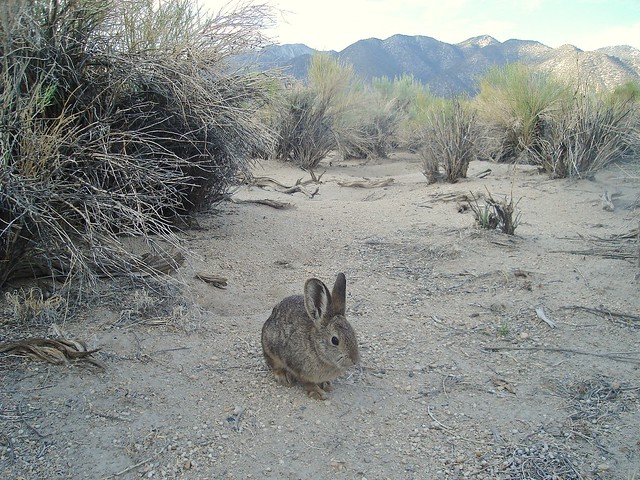
See what I mean?
 |
| Albrecht Dürer, A Young Hare, 1502, public domain from Wikimedia Commons |
And now the jacks…
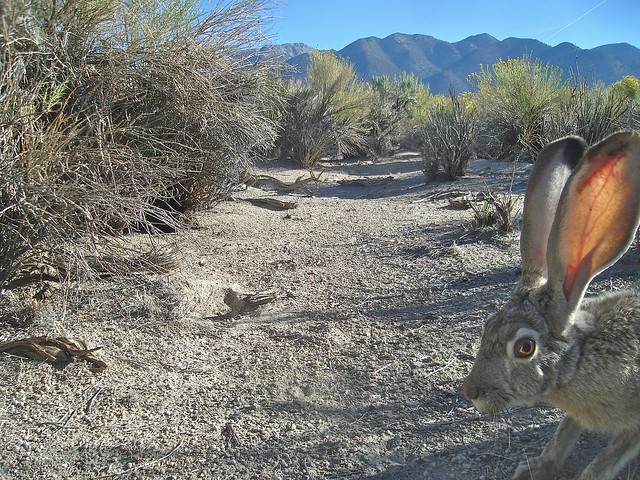
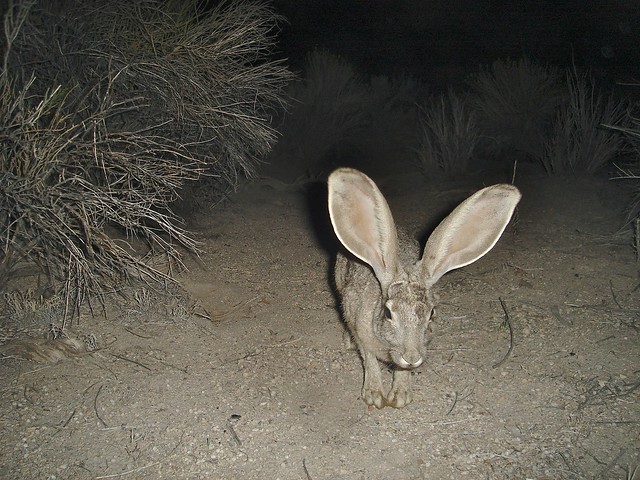
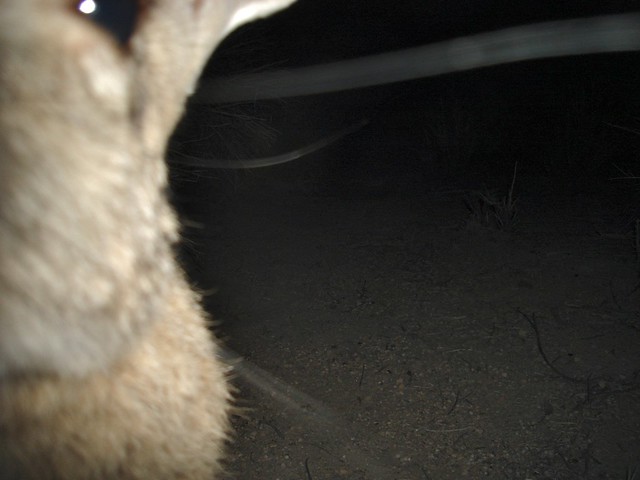

The previously seen juvenile jack is still around, but is growing up fast.
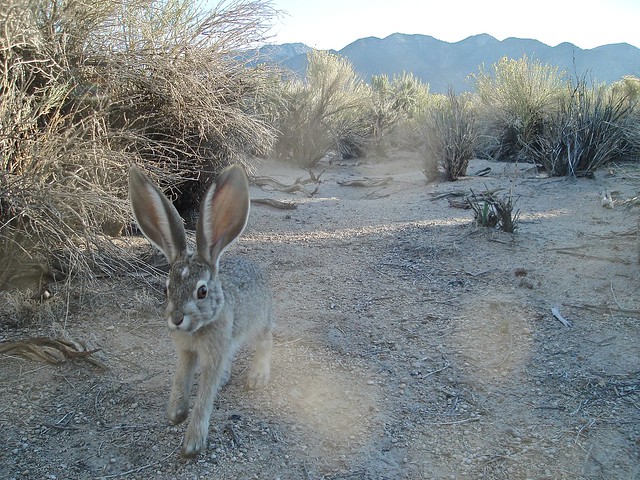
Still has a ways to go, though.
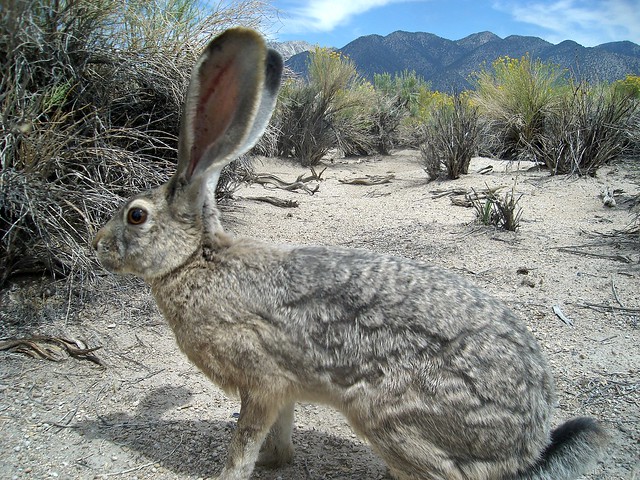
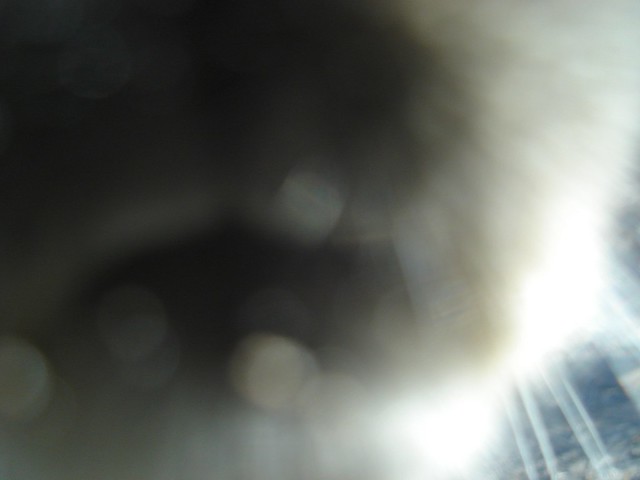
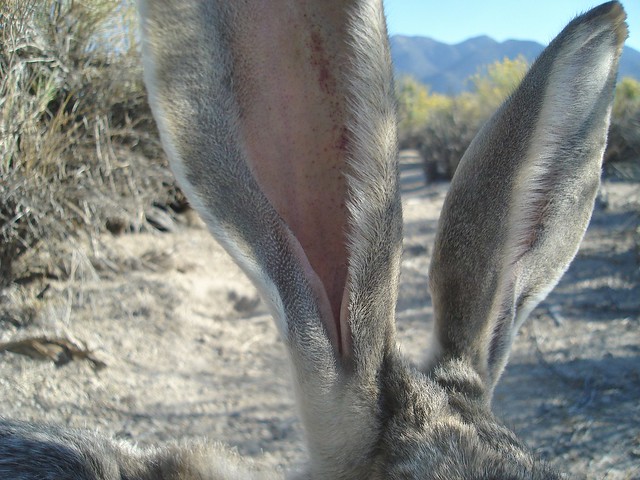
As you can see in these next 2 photos, jackrabbits have a range of eye color.
I wonder if that missing ear tip affects Golden-eye's ability to do ear semaphores?
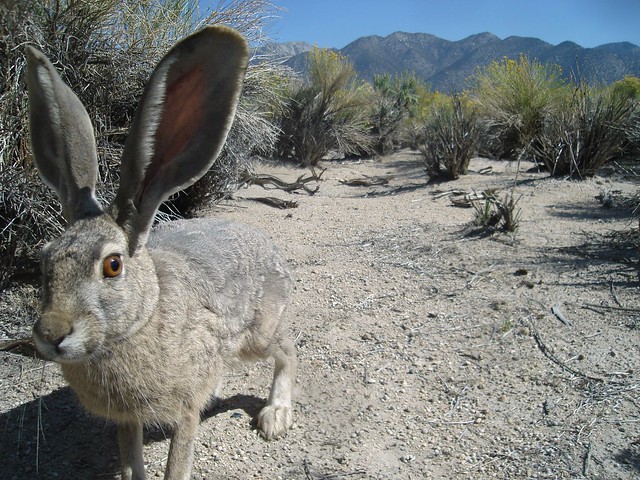
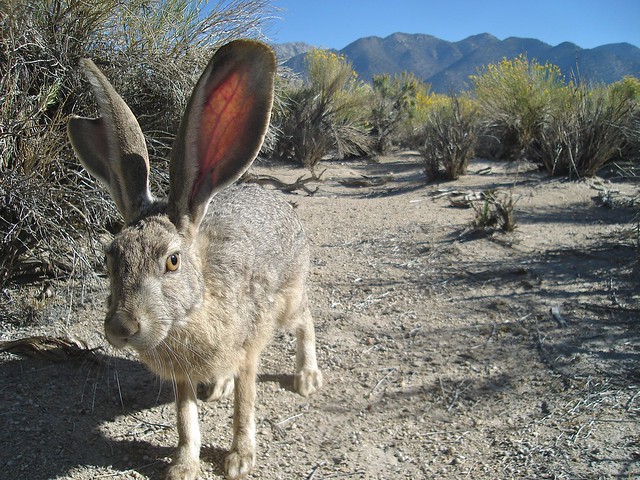

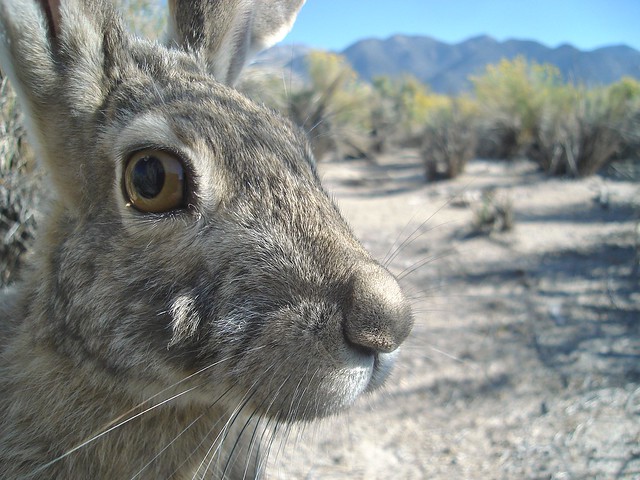
Such a face. Well worthy of the attention. Glad they are still "common" in CA.
Note that you can see the reflection of the cam trap in his/her eye. :)
And yes, that is an also-common rabbitbrush that blooms in the background. Rubber Rabbitbrush, Ericameria nauseosa, and likely either var. oreophila or hololeuca - both are in the area.

Rabbitbrush, Ericameria nauseosa
====
References:
- Nature of a Man (this blog) - I Brake for Brachys
- Nature of a Man (this blog) - All Ears
- Wikipedia - Albrecht Dürer
- Wikipedia - Young Hare
- Wikimedia Commons - Young Hare
- Jepson eFlora - Ericameria nauseosa

Great shots of the jackrabbit. Those ears are incredible!
ReplyDeleteThe fact that you caught the reflection of the cam in a jackrabbit's eye is amazing, at least to me.
ReplyDeleteThanks Jen. Def a benefit of cameras that can focus down to 12 inches, and jackrabbits that want to jump on the "Selfie" craze.
DeleteWonderful shots, Ken. And there's something to be said for the lighting on the east slope.
ReplyDelete